In the ruminations about reading resolutions and challenges appearing here over the past two weeks was a link to a counterpoint article from the blog Broke by Books in which the blogger makes many great points, but when she talks about cookbooks (albeit lovingly) she says “I didn’t feel like I could legitimately say I ‘read’ a cookbook.” While she goes on to say that cookbooks will be part of her reading goals for 2016, she still doesn’t justify adding them to her Goodreads list as being “read.” As someone who has proudly and enthusiastically added cookbooks to her Goodreads “Read” list, I heartily declare the reading of cookbooks as “legitimate” reading.
I understand where the idea of not really “reading” a cookbook can stem from. While Julia Child, Irma Rombauer and their counterparts blazed a trail for standby recipes, tips, hints and a certain amount of “foolproof-ness” to their extensive works, their books aren’t necessarily the type of tome one wants to cozy up with in front of a fire. This is, of course, unless you’re like me and consider the listing of ingredients (6 tablespoons unsalted butter / 2 c. yellow cornmeal / 1 tsp baking powder / 1 tsp baking soda … etc.) to be pure poetry. Modern cookbooks owe a great deal to their venerated predecessors, but have added so much more to the cookbook, and as a result, the cooking process.

Cookbooks are now generally accompanied by glossy photos, which to some may only add a bit of sparkle to the production value, but I maintain is an important, possibly essential part of cookbookery. Anyone who has made a dish and said “it tastes good, but is it really supposed to look like that?” will likely understand where I’m coming from, here. Modern cookbooks also often have a theme that functions very nearly as a storyline. Some are more abstract than others, but some take the combination of personal history and recipes to new heights, adding paragraphs about the history of the recipe, why it was included in the cookbook and/or why it is an important recipe to the author. I can’t express how much I’ve learned about flavor combinations, kitchen experimentation and other cultures by taking time to really examine (i.e. read) a cookbook. The tidbits embedded among the ingredients and instructions often make for a compelling tale in which the reader can get to know the author and the food. And learning about food, its history and its importance to people can provide that essential, but often ineffable quality of truly good food.
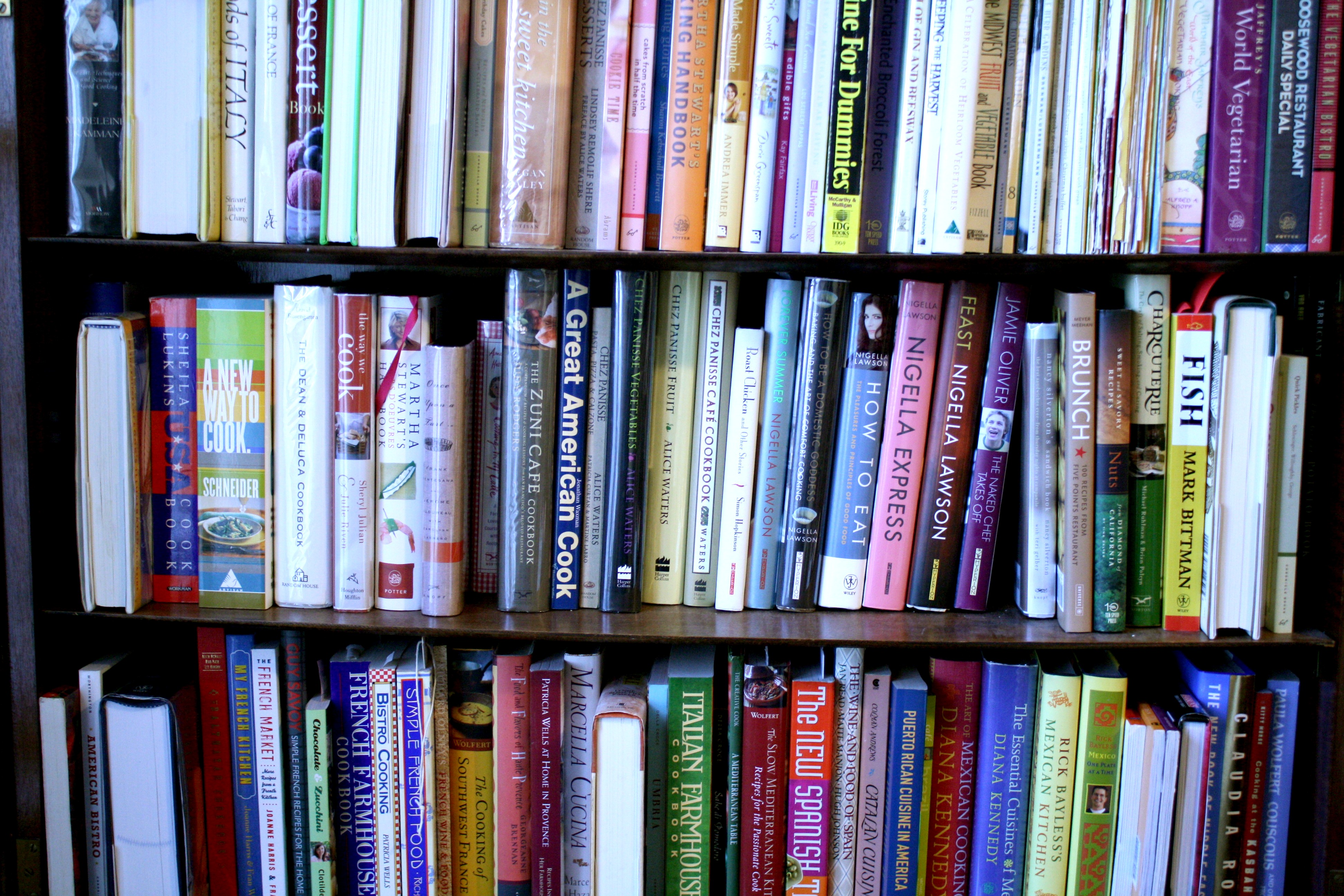
This week I’m offering you a very small selection among many possibilities that can make for legitimate cookbook reading. If you happen to gloss over the ingredients lists or instructions in the process, let’s all remember the time-honored reading tradition of “skimming.” Skimming over a passage of lengthy description that’s not holding your attention in a novel is no different from reading the parts of a cookbook that bring the food to life and skimming over the lists in the middle. In either case, you’re going through a book cover-to-cover and getting something out of the text you’ve read. So if you’ve gone through an entire cookbook, even if you have no intention of making a single dish from the book, don’t let it stop you from calling it legitimate reading and checking it off your list!
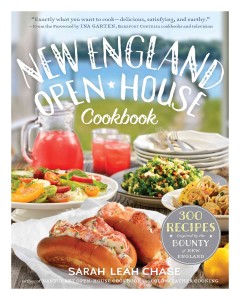 New England Open House Cookbook by Sarah Leah Chase
New England Open House Cookbook by Sarah Leah Chase
While the tag-line for this book is “300 recipes inspired by the bounty of New England” and this book certainly lives up to that promise, each recipe is introduced with a thoughtful paragraph or two bringing each entry to life in a way a isolated recipe could never accomplish. Chase infuses history, delightful anecdotes or background on how the recipe came to be a New England or family favorite into each offering making this book so much more than a cookbook. The essays in the beginning of the book will give the reader a great sense of what a labor of love it was to bring this tome about.
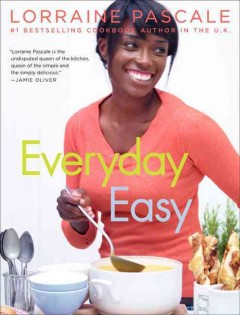 Everyday Easy by Lorraine Pascale
Everyday Easy by Lorraine Pascale
Pascale’s cookbook is another that introduces each recipe with a paragraph that gives the reader a solid sense of what’s to come. With recipe introductions like “Pancetta. It’s that porky, tasty yumminess that I love so very much,” I defy anyone not to be at least a little tempted to make something from this book. Full-page images of what every dish should look like (in its best form, anyway) will leave the reader with no doubt about the mouthwatering potential of Pascale’s recipes.
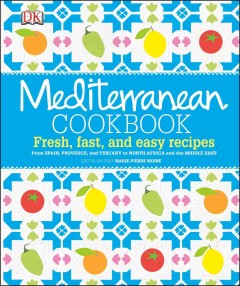 Mediterranean Cookbook: Fast, Fresh and Easy Recipes by Marie-Pierre Moine
Mediterranean Cookbook: Fast, Fresh and Easy Recipes by Marie-Pierre Moine
This is a DK published book, which is pretty much a guarantee that even just browsing the pictures in this book will give you an eye-popping experience. But this book does so much more. The popular Mediterranean style of cooking is highlighted by course with interludes about the regions (North African, Middle Eastern, Italian, Iberian, Greek) that create the Mediterranean cooking experience. These interludes give the reader an introduction to the food culture of that region along with menu suggestions that will pull from the sections in the book (with page references, naturally). It works well to give the reader a sense of how different flavors will work and meld together.
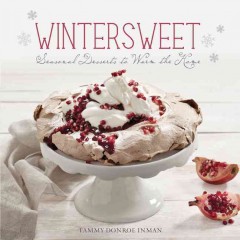 Wintersweet by Tammy Donroe
Wintersweet by Tammy Donroe
This book has a fascinating focus, using ingredients found during the late fall/winter harvest and making delectable desserts with a combination of that harvest and pantry staples. What results is an amazing, successful effort by Food on the Food blogger Donroe to create a book that has a sense of place (most ingredients are regional to and/or sourced from New England) and sense of history as Donroe includes some wonderful family anecdotes and recipes from her family’s own cache of trustworthy gems. You’d be hard-pressed to find a cookbook infused with more personality and genuine charm than this one.
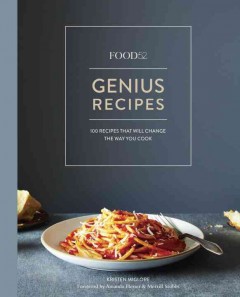 Food52 Genius Recipes by Kristen Miglore
Food52 Genius Recipes by Kristen Miglore
I’ve mentioned this book before. I will likely mention it again. The subtitle for this book is “100 recipes that will change the way you cook”; I’d venture to say it will change the way you view cookbooks in general, particularly in terms of reading them. This book is set up with an introduction to each recipe that gives the reader a mouth-watering sense of why it was included in the book, why the recipe works the way it does and often suggestions for variations so you can adapt the recipe to your personal style. I’ve yet to find a picture that doesn’t make my mouth water. They have a great philosophy of unfussy preparation and presentation which makes the recipes completely accessible and the blurbs before the recipes as relatable and interesting as any food memoir. If ever there was a page-turner of a cookbook, this is it. (And if you’re as hooked on this book as I am, you’ll also want to check out Food52 Baking.)
This week, dear readers, I highly recommend that you cozy up in whatever spot is most comfortable to you (especially if your book fort is still up), with whatever hot drink you find most tempting (tea, coffee, hot chocolate, mulled cider) and discover the possibilities a new cookbook can offer. You might even find it as engrossing as your usual reading material, in which case, once you’re done you should proudly claim that you did, indeed “read” a cookbook!

